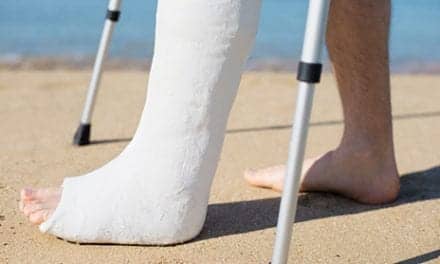A team of researchers from University of Wisconsin-Madison have identified two proteins found in bone marrow that they suggest act as key regulators of the master cells responsible for making new bone.
According to the researchers, these two proteins—lipocalin-2 and prolactin—govern the activity of mesenchymal stem cells, which are found in bone marrow and make bone and cartilage.
In their study, published in the journal Stem Cell Reports, they suggest that their findings could open the door to devising implants seeded with stem cells that can replace diseased or injured bone tissue.
“These are pretty interesting molecules,” explains Wan-Ju Li, a UW-Madison professor of orthopedics and biomedical engineering, in a media release. “We found that they are critical in regulating the fate of mesenchymal stem cells.”
Li and Tsung-Lin Tsai, a UW-Madison postdoctoral researcher, scoured donated human bone marrow using high-throughput protein arrays to identify proteins of interest and then determined the activity of mesenchymal stem cells exposed to the proteins in culture.
They found that exposing mesenchymal stem cells to a combination of lipocalin-2 and prolactin in culture reduces and slows senescence, the natural process that robs cells of their power to divide and grow, the release explains.
Key to the process, according to Li, is keeping the cells happy and primed outside the body, but reining in their power to grow and make bone tissue until they are implanted in a patient.
In order to engineer the growth of new bone in the body through regenerative medicine, a large amount of good quality cells must be generated in the lab. Stem cells in the body are rare. But if cell growth, differentiation and quality can be controlled in the lab dish, it may be possible to create stocks of cells for therapeutic applications and prime them for bone regeneration once implanted in a patient, Li continues, per the release.
The team tested human cells treated with lipocalin-2 and prolactin to regrow bone by implanting them in mice with a part of its skullcap removed to model critical-sized bone loss, the release adds.
[Source(s): University of Wisconsin-Madison, Newswise]





